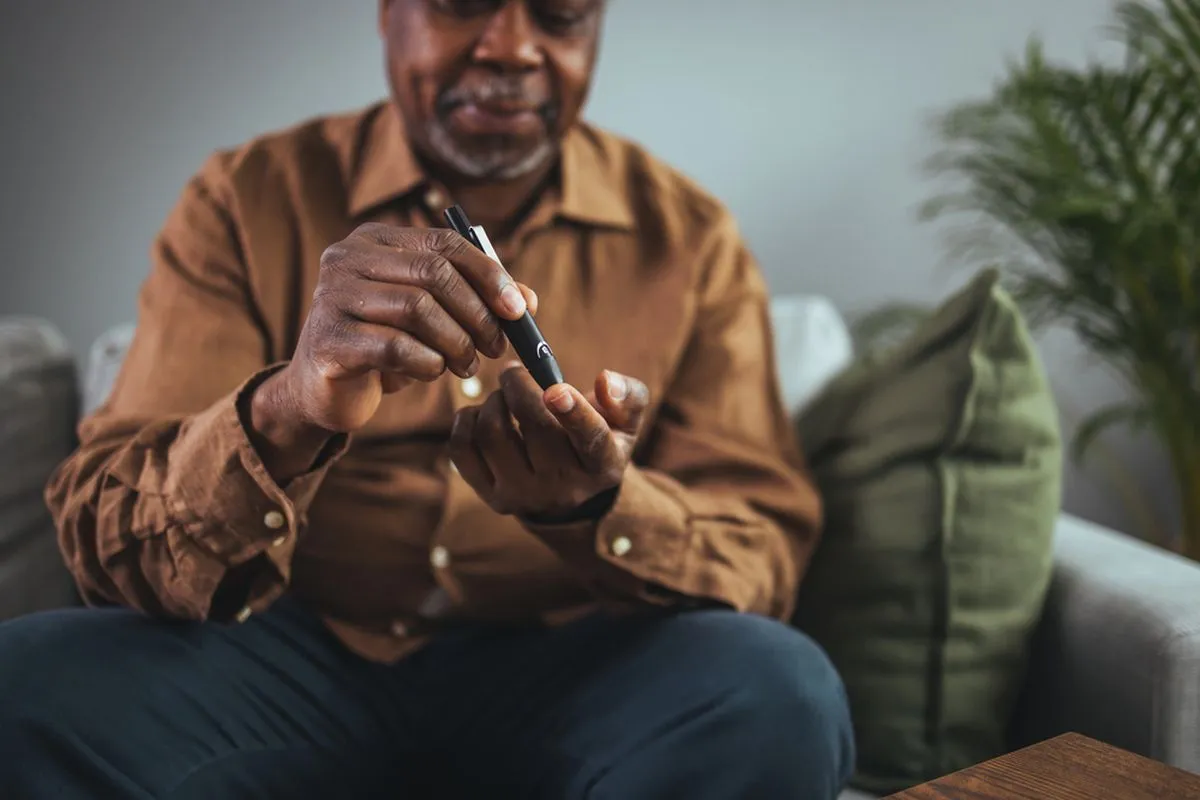
We’ve seen it too many times—brothers and sisters walking into community screenings unaware they’re already showing signs of Type 1 diabetes. At BlackBarberShop.org, our work on the frontlines of health outreach—inside barbershops, churches, and neighborhood clinics—has revealed a hard truth: many in our communities miss the early warning signs until it’s too late.
This guide draws directly from those real-life interactions, combining firsthand stories, community data, and expert-backed analysis to help you recognize the early signs of this condition. From sudden fatigue to unusual thirst, we break down what to look for, why it matters, and how early action can change outcomes. You won’t just get a medical checklist—you’ll get a culturally grounded, experience-driven roadmap built by people who live and serve in the community every day.
1. Early signs often go unnoticed.
2. Symptoms vary by gender.
3. Family history increases risk.
4. Screening = prevention.
5. We bring real-world insights.
Type 1 Diabetes, also known as an autoimmune disorder, affects the body's ability to regulate blood sugar. In this condition, insulin-producing cells in the pancreas are mistakenly attacked by the body.
Diagnosing it involves blood tests that measure glucose levels. Blood containing high glucose may signal diabetes. Tests for autoantibodies are part of the diagnosis, too, as they are typically present in people with this type of diabetes. Identifying the disease is vital for determining suitable treatments and lifestyle strategies.
The way this disease manifests itself differs in men and women because of gender differences. Hence, males need to know about the specific signs they may encounter.
Misdiagnosis risks can be considerable, so awareness of the following signs can facilitate early detection and intervention:
They may include frequent trips to the bathroom, insatiable thirst, overwhelming fatigue, unexpected weight loss, or frequent infections. Other symptoms include blurred vision, delayed wound healing, as well as an increased chance of contracting infections in the urinary tract and in the vagina. The presence of such kinds of symptoms is so general that people do not take much notice of them, hence the likelihood that they are misdiagnosed.
Even the changes in hormones during pregnancy give rise to gestational diabetes, which may further develop into this illness in case of improper treatment. Expectant mothers must observe any body change that is considered unusual and consult health stakeholders promptly should any change arise.
Your susceptibility links closely to genetic lineage. Often, this disease manifests in families, suggesting a genetic predisposition. Recognizing diabetes in your family's health history can amplify your risk of contracting the ailment.
Adopting preventive measures forms a key part of early detection. Leading a healthy lifestyle, exercising regularly, consuming a nutritious diet, and refraining from smoking substantially diminish the chance of developing this disease. Not only do these strategies ward off the condition, but they also aid in its early detection if it happens to occur.
Regular health screenings also contribute significantly to early detection. Routine blood glucose tests, even in the absence of symptoms, can flag pre-diabetic or diabetic conditions at an early stage.
“After years of listening to stories in barbershop chairs and church pews, we’ve learned that Type 1 diabetes rarely announces itself loudly—it whispers through thirst, fatigue, and unexplained weight loss. At BlackBarberShop.org, we don’t just study the symptoms; we witness them in real lives every day. That’s why our guide doesn’t stop at science—it brings the lived experience of our community front and center, turning real-world encounters into life-saving awareness.”
We don’t just talk about diabetes—we see its impact daily in barbershops, churches, and clinics. These stats match what we witness on the ground.
👉 cdc.gov
👉 cdc.gov
We’ve spent years offering free screenings. And here's what we discovered:
This isn’t just a generic symptom list. It’s built on:
The earliest signs include excessive thirst, frequent urination, and unexplained weight loss. These symptoms develop quickly and demand immediate attention.
The body can’t use glucose properly for energy, so people feel weak and fatigued even after eating. Cells starve while sugar builds up in the bloodstream.
When blood sugar rises, the kidneys flush out the excess through urine. That process pulls water from the body and leads to frequent bathroom trips.
Excessive urination leads to dehydration. As the body loses fluids, it signals the brain to trigger intense thirst to restore balance.
Without insulin, the body can’t use sugar for energy. It starts breaking down fat and muscle for fuel, leading to rapid and unhealthy weight loss.
High blood sugar pulls fluid into the eye’s lens, which changes its shape and blurs vision. If glucose levels remain high, vision stays distorted.
The body’s cells lack energy, so the brain demands more food. Even after eating, hunger persists because glucose can’t enter the cells without insulin.
When the body breaks down fat for energy, it produces ketones. A high ketone level causes the breath to smell sweet or fruity, which may indicate diabetic ketoacidosis—a medical emergency.
Yes. Low energy, high sugar levels, and hormone disruption can cause irritability, mood swings, or trouble focusing, especially in children or teens.
Dry skin, frequent infections, and slow-healing wounds may signal poor blood sugar control. These issues worsen as glucose damages blood vessels and nerves.
Symptoms often develop over days or weeks. Unlike type 2 diabetes, type 1 usually emerges rapidly and severely, often leading to hospitalization if not caught early.
If you or your child experiences persistent thirst, sudden weight loss, frequent urination, or extreme fatigue, visit a doctor immediately for blood sugar testing and proper diagnosis.